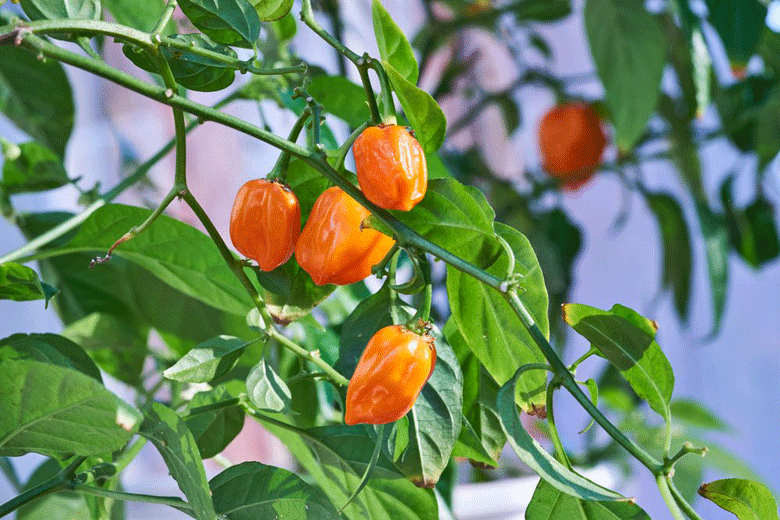
The start of 2022
I am thrilled to announce that most of the superhots I planted have sprouted. Some far earlier than I would have expected. The 2022 Chilli growing season has been kicked off early.
In a previous post, I mentioned that I have started my superhot Chillies early for the 2022 season. I would typically begin seeds at the beginning of February or March in any one growing season. This year, however, I am starting three months earlier. 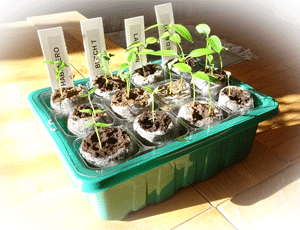
The reason I am doing this is because many superhots have a lengthy seed to maturity growing period. Some Chillies, like the Carolina reaper, can take two hundred and fifty days before they bear any fruit. Particularly when there is not a lot of sunshine.
With such a long growing period, I would usually not expect to get any Chillies from these plants in a single season. Instead, I would overwinter them with the expectation that I would get a crop from them the following year.
Next season, however, will be different. By starting the superhots now, they will already be at least six inches tall in spring. They can then immediately be potted on, hardened off, and placed outside for the rest of the season. Doing this will put the plants in an excellent position to deliver a crop in a single season. After that, there’s no reason why they shouldn’t get overwintered to produce more Chillies in following seasons.
Early arrivals
Most of the super hots I have planted have already germinated. The first to arrive were the Hainan yellow lanterns. They were followed by a Trinidad scorpion Butch T and a couple of Habaneros. Subsequently, some of my Carolina reapers, red and white Bhut Jolokias, have sprouted. The only stragglers are the Habanero Maya reds.
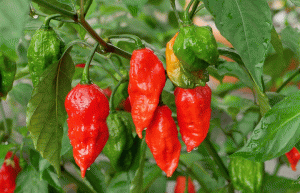 The Habanero Mayas were started a little later, so their later germination is not unexpected.
The Habanero Mayas were started a little later, so their later germination is not unexpected.
Besides the Maya reds, a couple of white Bhut Jolokias and one remaining Carolina reaper needs to sprout. I then will have achieved a hundred percent germination rate. I am really pleased with that. It does happen, but not always.
What’s more, the time these seeds have taken to germinate is exceptional. The Hainan Yellows took only three to four days to sprout. After that, they were followed in quick succession by the Chillies mentioned above. At this point, ten days from the starting of the seeds, about seventy-five percent have sprouted. That’s far better than the two weeks, or so I would expect from most superhots. Some can take far longer (even months) to germinate.
How were the seeds started?
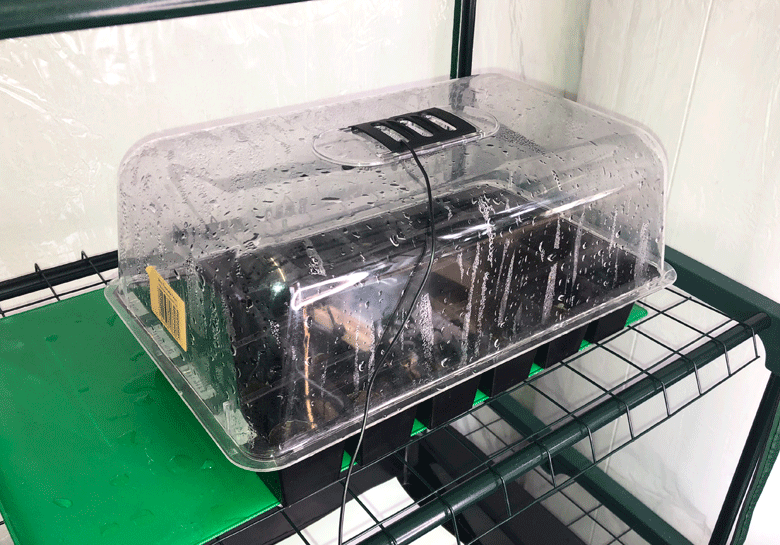 Self watering propagator
Self watering propagator
All these seeds were started in peat pellets. For seed-starting equipment for the new season, I tried something different. I used a self-watering propagator with a raised platform and a capillary mat.
This propagator works using capillary action. The capillary matting is longer than the platform. By folding it over two opposing sides, you can get it to hang into a reservoir of water below the platform. By doing this, the capillary matting starts absorbing water and becomes wet. Next, the seed tray (with pellets) is placed on top of this. The seed tray comes into contact with the wetted-out matting. Then, through capillary action, the pellets absorb water. In this way, the pellets are kept constantly moist
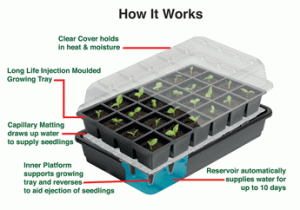 The propagator was covered and placed on a heat mat. The temperature inside was kept at a steady twenty-six degrees Celsius by a thermostat. The thermostat switches power on or off at certain intervals to maintain the required temperature.
The propagator was covered and placed on a heat mat. The temperature inside was kept at a steady twenty-six degrees Celsius by a thermostat. The thermostat switches power on or off at certain intervals to maintain the required temperature.
Doing this creates ideal growing conditions for seedlings. They don’t like too much water. Seedlings prefer a humid environment to thrive. This system delivers this perfectly.
The use of the capillary matting and water reservoir reduced the risk of pellets drying out considerably. I experienced this problem at the beginning of this season. It was something I wanted to avoid for the seeds I am starting now. I believe this system solves the problem. There is no need to check your seeds daily. The reservoir automatically supplies water to your starting medium for about seven days in a heated propagator. It can provide water for even longer if your propagator is unheated.
When considering that many Chilli seeds, (besides the superhots) only take about seven days to germinate, this method of seed starting ticks many boxes. Using this propagator, it may only be necessary to provide water to your seeds once before they germinate. The reservoir can take care of providing water right up to that moment. I highly recommend using this system (see note).
Finally.

Why grow superhots?
Over and above the Chillies mentioned above, I have also recently sown seeds for other superhots. The seeds I have started are for Chillies that rate over one million Schoville heat units. They include the Dorset Naga, Trinidad Moruga scorpion, Bengal Naga, and Dorset Zinger. These are all new varieties to me. I am really looking forward to growing them.
One might ask why I would want to plant superhots. Most people would not consider them to be eating Chillies at all. The answer is simple. These Chillies are not only beautiful but they can be eaten as well. Their flavours are really interesting. . The Bengle Naga, for example, has distinct bubble gum notes. Another example is the Carolina Reaper. Its flavour is sweet and fruity.
The trick to using superhots is moderation. The cliche that a little goes a long way applies in this instance. Only use what you are comfortable with, be that even only a quarter of a Chilli or less. You can always add more.
Note: This is an unbiased opinion made solely on the basis of my own experience using this propagator This opinion was not solicited by the manufacturer. They did however provide an image as above at my request

